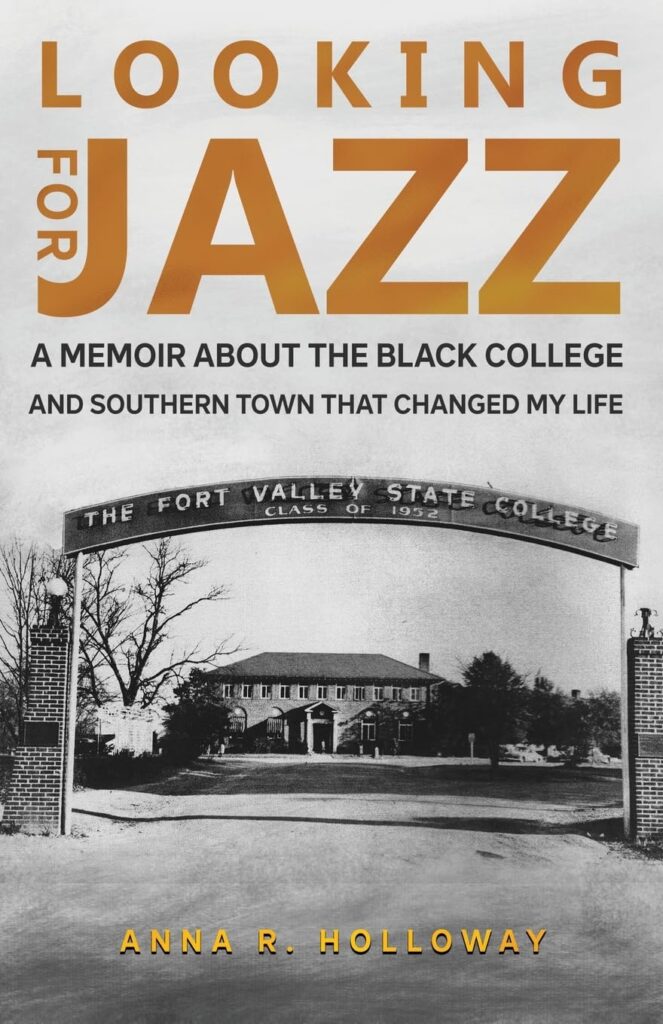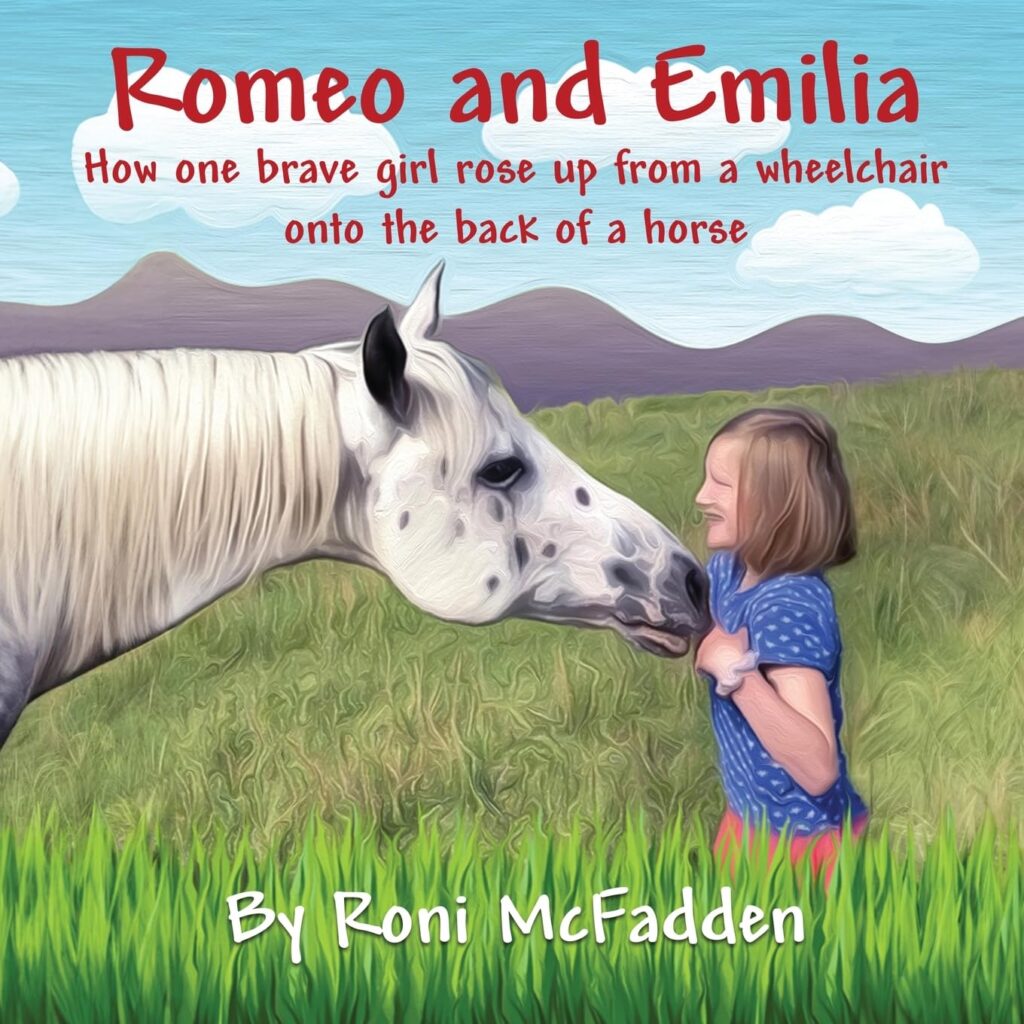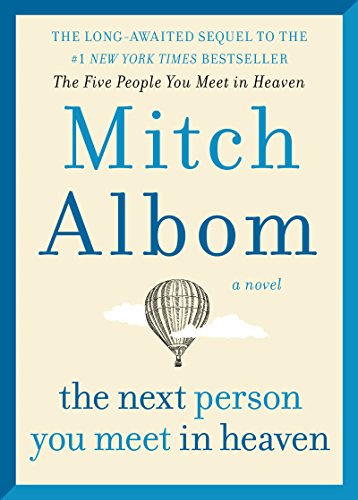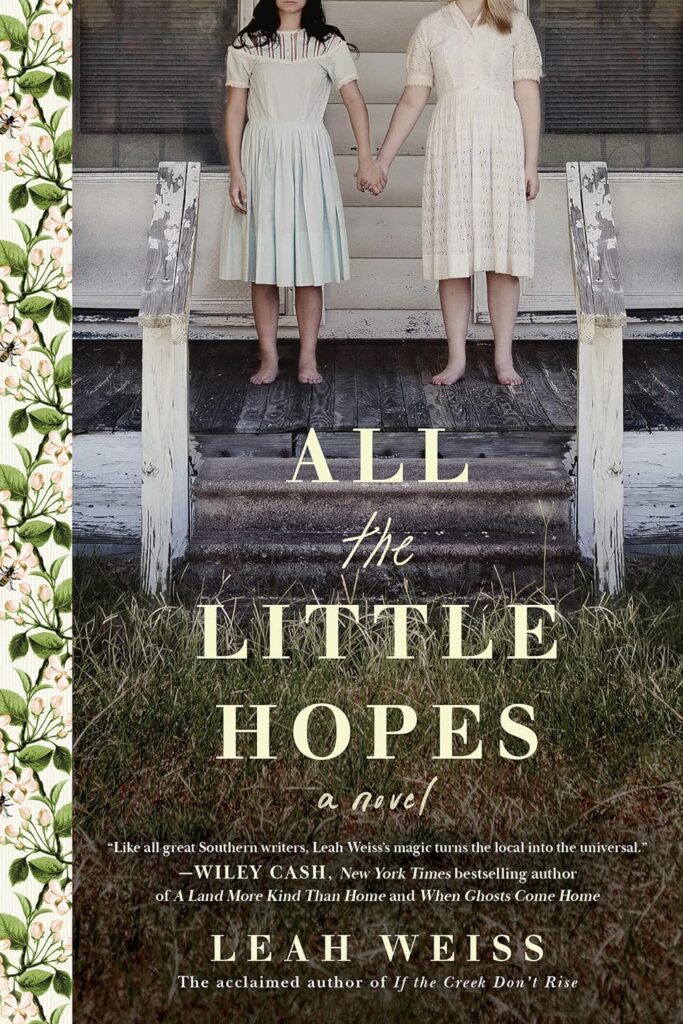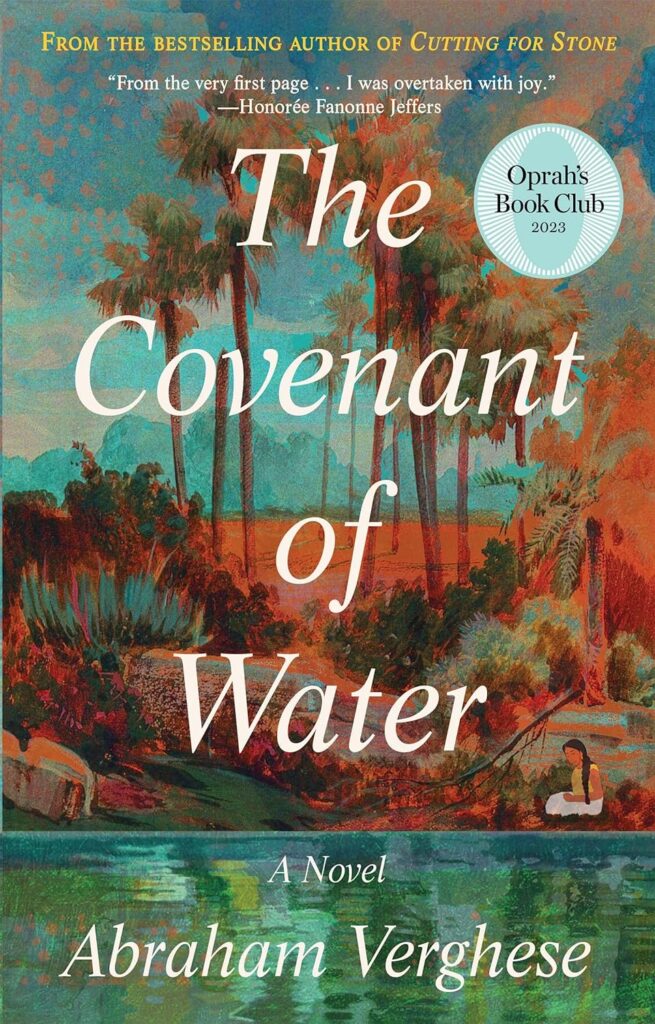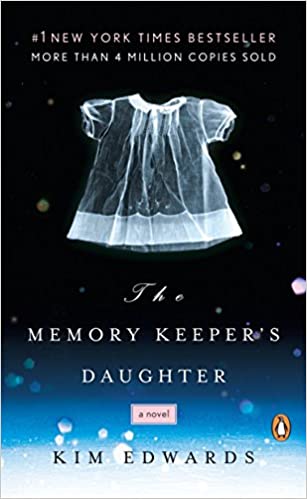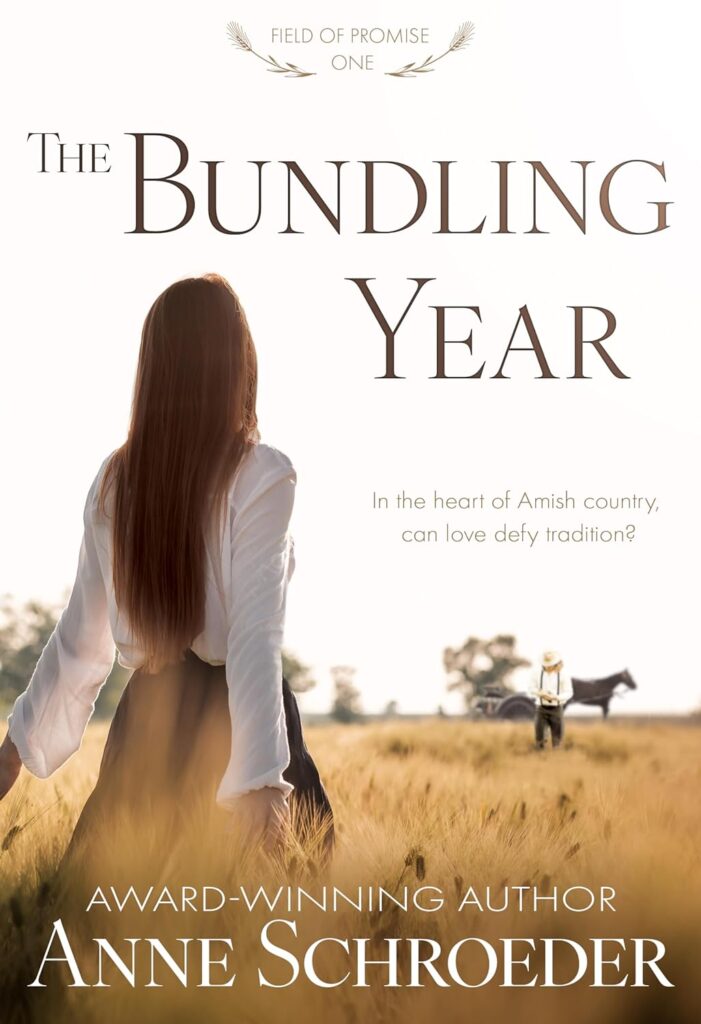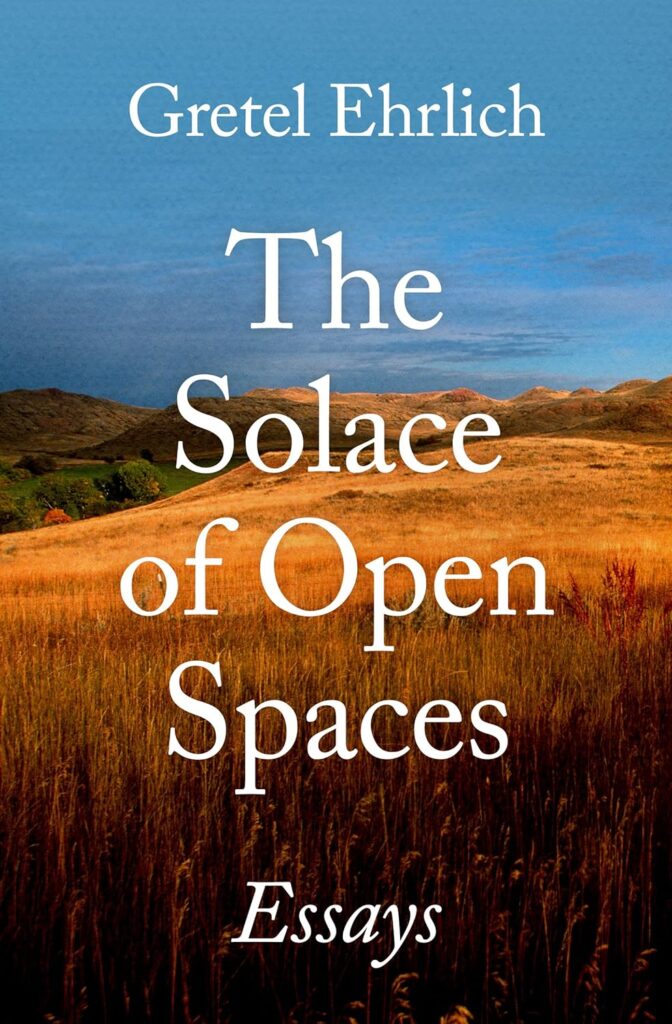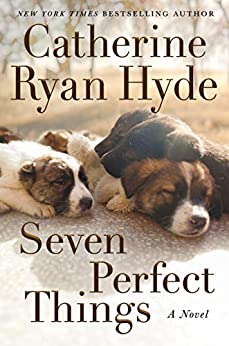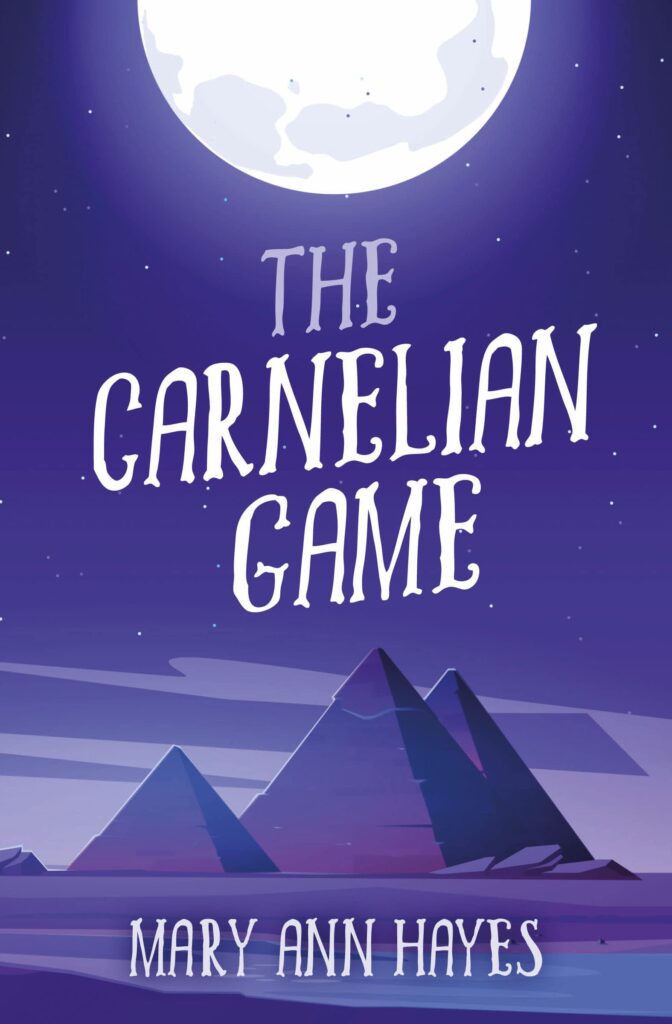Looking for Jazz: A Memoir about the Black College and Southern Town That Changed My Life by Anna R. Hathaway is written by a white woman from the mid-west who accepts a teaching job at a black college in a small Georgia town. The book covers the turbulent, changing times, especially in the South, of 1968–1972.
Anna Mitchell, 23, with a Masters in English from the University of Wisconsin, accepts the position of instructor in the English department at Fort Valley State College in Georgia. Meanwhile, her husband begins advanced training 100 miles away at Fort Benning, and would soon join the elite Special Forces as a Green Beret, eventually serving in Vietnam.
During the first four years of Anna’s career, she saw many social changes: Rev. Martin Luther King, Jr. and Robert F. Kennedy were assassinated, The National Organization for Women (NOW) protested for women’s rights, the Supreme Court mandated public school desegregation, Students for a Democratic Society (SDS) held a sit-in at Harvard, and a man landed on the moon. Meanwhile, the Vietnam “Conflict” raged on.
Anna was well received, although not all her classes were of particular interest to the students. She found the students and staff respectful, but at times she observed black and white communities segregated in restaurants, stores, hotels, and many churches. Even doctor’s offices had waiting rooms designated by signs reading “White Side” and “Colored Side.” Anna found striking differences between midwestern humor and southern humor, and especially black humor. She took it all in and strove to adjust to the various situations.
I enjoyed reading about Anna’s observations and personal twists on life as a white professor and wife in the South. Some of her experiences were unpleasant, some joyous, and through it all, I admired her open-mindedness and determination to make a difference. But did she find jazz? You’ll have to read the book to find out.


